1. Introduction: Glances at Baburao Painter
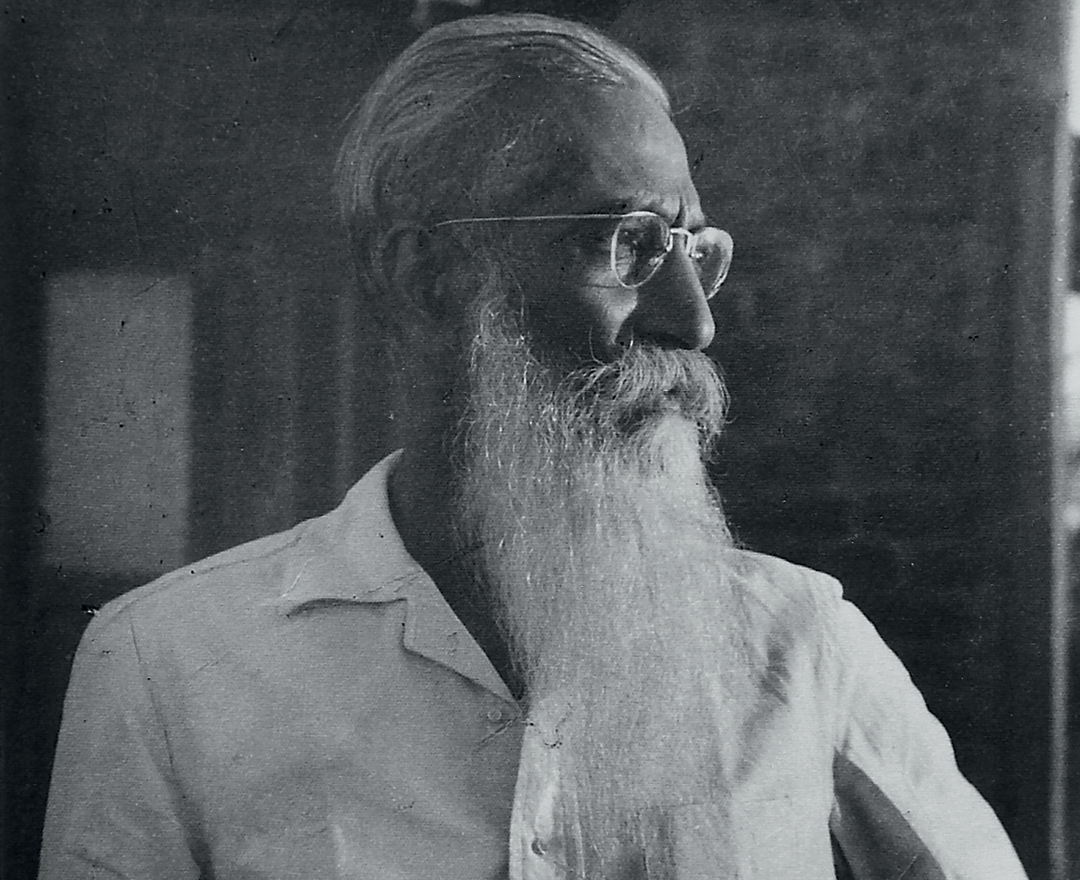
From Frida Kahlo to Michelangelo, every revolutionary artist has remarked how art was produced not solely by hands, but primarily by their minds. One such impactful artiste of the Indian cinematic fraternity who left his name perpetually etched in the archives on artistic cinema history was Baburao Mestery. From oil painting to filmmaking, from sculpture to wood-carving, Baburao excelled at everything efficiently. The polymath was the first filmmaker who casted women in his films. Baburao Painter, a name later adopted after he affiliated himself with art, was the inceptional creator of utilising artificial lighting in filmmaking, as well as the first to experience rigorous censorship.
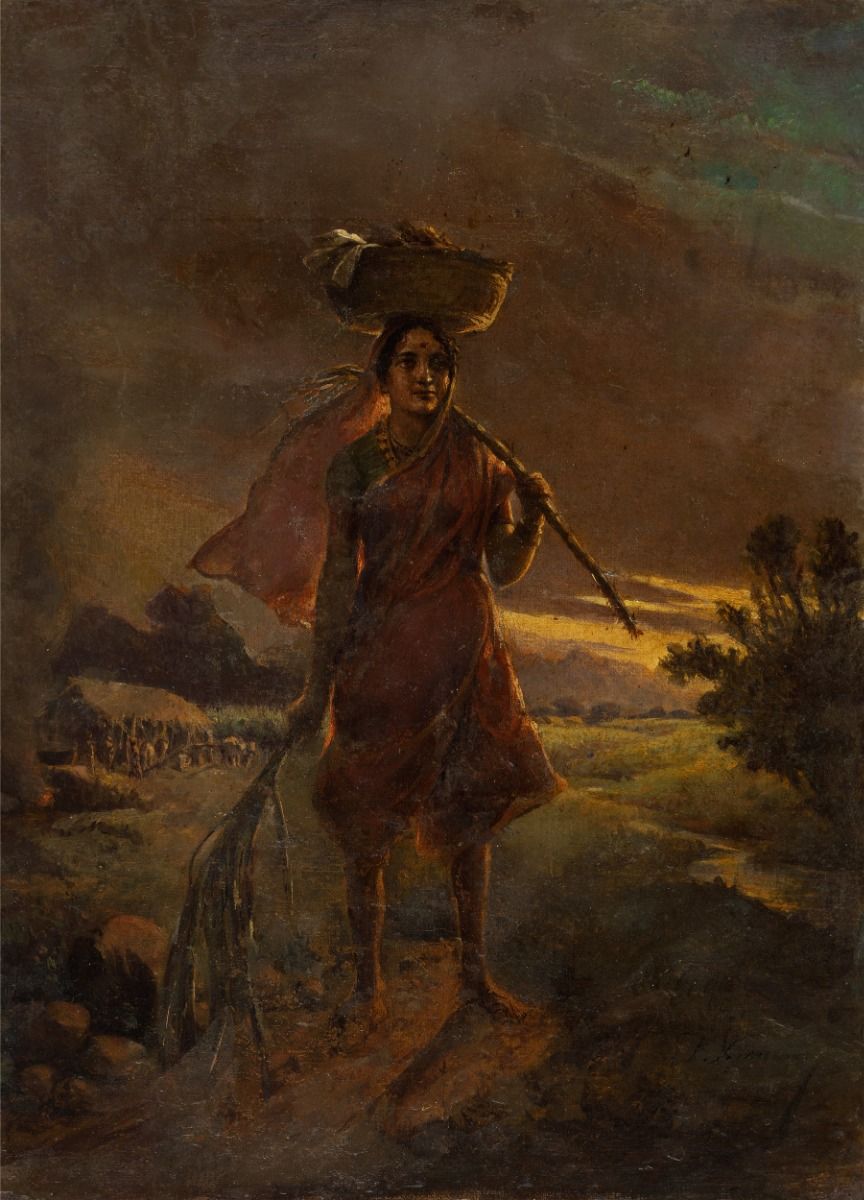
As Rutuja Deshmukh eloquently remarks, Baburao Painter is often relegated to a ‘regional, provincial’ status of film artistry. His contemporary Dadasaheb Phalke is given the due honour and dignity he truly deserves, however, Baburao Painter and his immaculate affinity for art and filmmaking is not seen as central to Indian cinema, let alone a global trajectory. Painter’s archives, papers, paintings are scarcely available for popular masses, despite his pioneering role in the shaping of Indian cinema behind the camera. His achievements, as aforementioned, are legendary, these also unsurprisingly incorporate the fact that he has mentored over 500 proteges, including the unparalleled V. Shantaram.
2. Early Stages: Background and Development
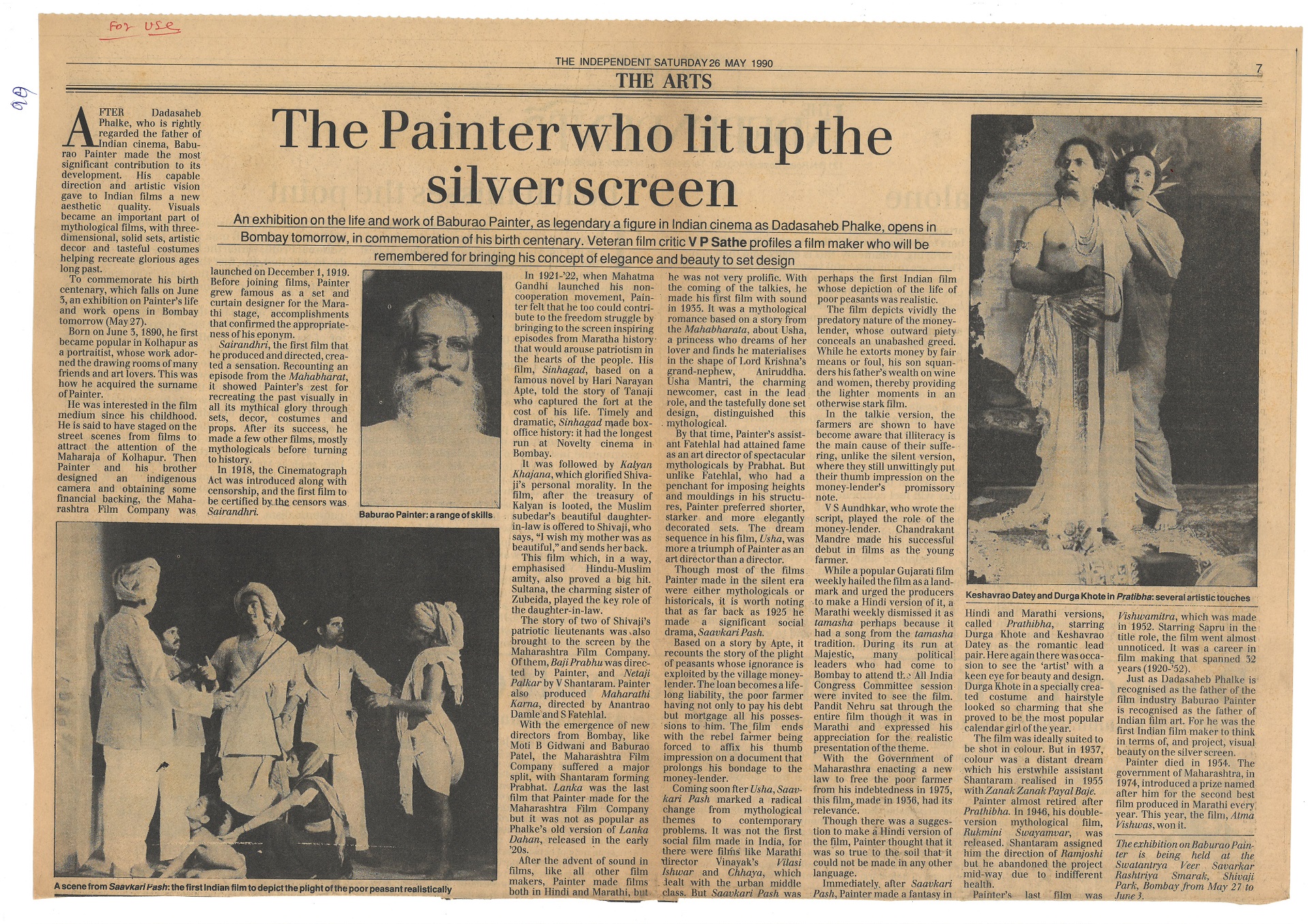
Baburao Mestery was born in a family of artisans and craftspersons at Kolhapur on 3rd June 1890. He took to celluloid medium at a time parallel to Phalke producing his inceptional work Raja Harishchandra. Baburao was a diverse genius, and had a proclivity for cinema, fine arts, photography, and engineering. Skipping middle school at a primary stage, he was exposed to ivory carving and carpentry—his familial professions by his father Krishnarao Mestry. Baburao, along with his cousin Anandrao, together learnt academic typology of art.
Krishnarao Mestry, in this time, had started a photographic theatre and studio in Madhav Bagh—attracting the cousins to spend their time at both the places. Baburao and Anandrao Mestry traversed to Bombay to paint backdrops for drama company ‘Lalit Kaladarsh’ which attracted pleasant validation from audiences. The thunder of Baburao’s brush and three-dimensional realistic effects could easily take over the witnesser’s mind and appeal. Since Baburao belonged to a non-Brahmin artisan background, they gained patronage of Chhatrapati Shahu, a progressive social reformist who backed reservations and Bahujans. The Kolhapur Film Enterprise, which set itself apart as a leading princely state initiative of producing local cinema, was founded by Baburao Painter in 1919—hereafter he shifted his focus on cinema.
3. Baburao’s Fine Arts
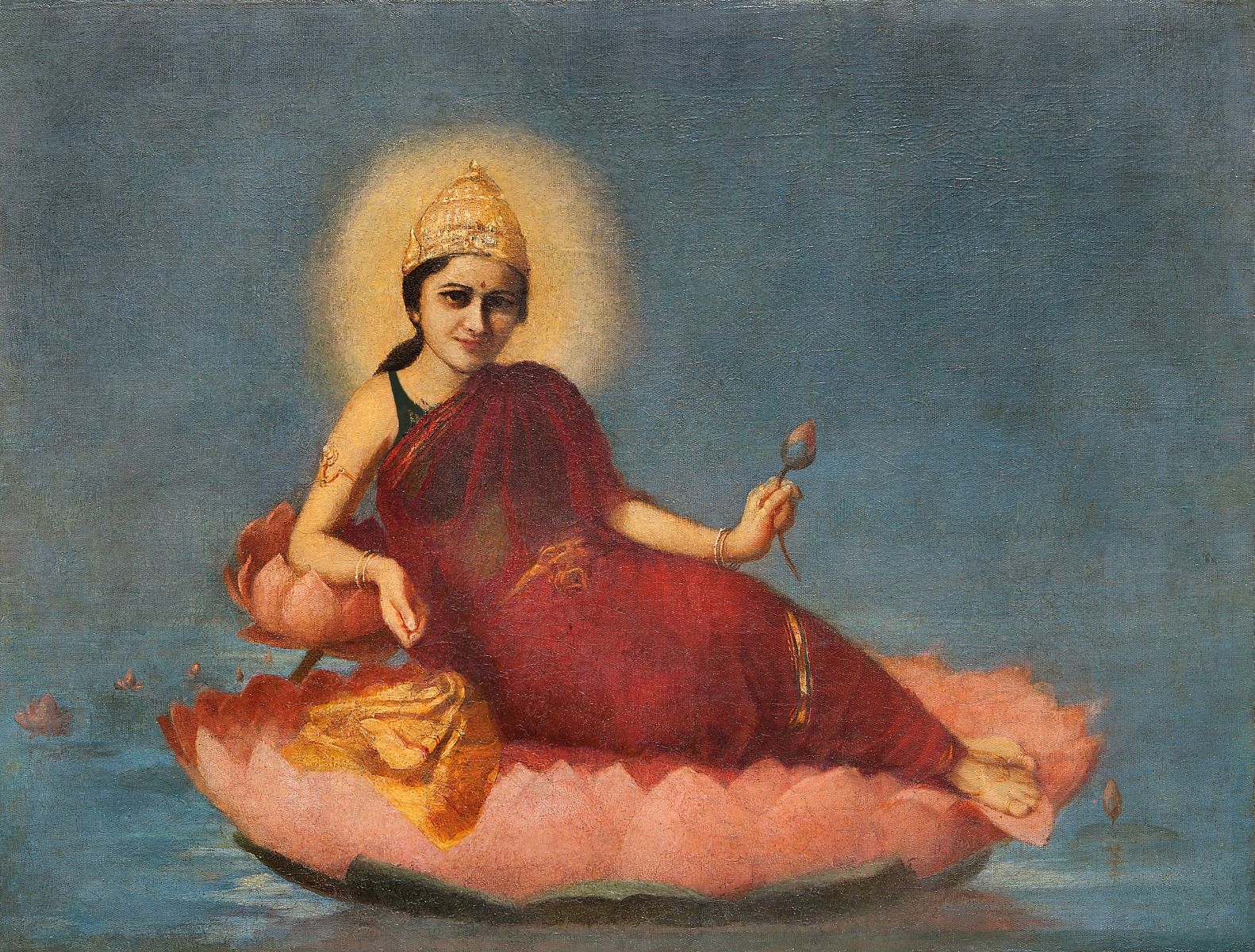
After honing his immaculate painting penchant with backdrop painting, Baburao focused his gaze towards more fine arts and portraits too. In a painting of Ghatta, Baburao depicted a young Sanyasi with four additional hands and the third head of the deity were merged in the background with low opacity. In his painting of Lakshmi, he paints her in a relaxing posture on a lotus, doing away with her elaborate nitty-gritties. Gradually and steadily, these paintings ascended in demand so much so that myriad households in Maharashtra had their prints.

Baburao’s colour palette and style was inspired from European classical art. His statue of Mahatma Gandhi in Kolhapur is a remarkable testimony to his refined artistic style. His painting of a Maharaja of Kolhapur riding his favourite horse, was commissioned to Baburao by the Maharaja. This canvas was imported from Europe since a life-size canvas was not available in India. Reportedly, Baburao Painter refused to sign many of his works which has led to loss of many of the art pieces—this was because, according to him, his brush was his identity.
4. Motion Pictures: Apogee of Baburao’s Trajectory
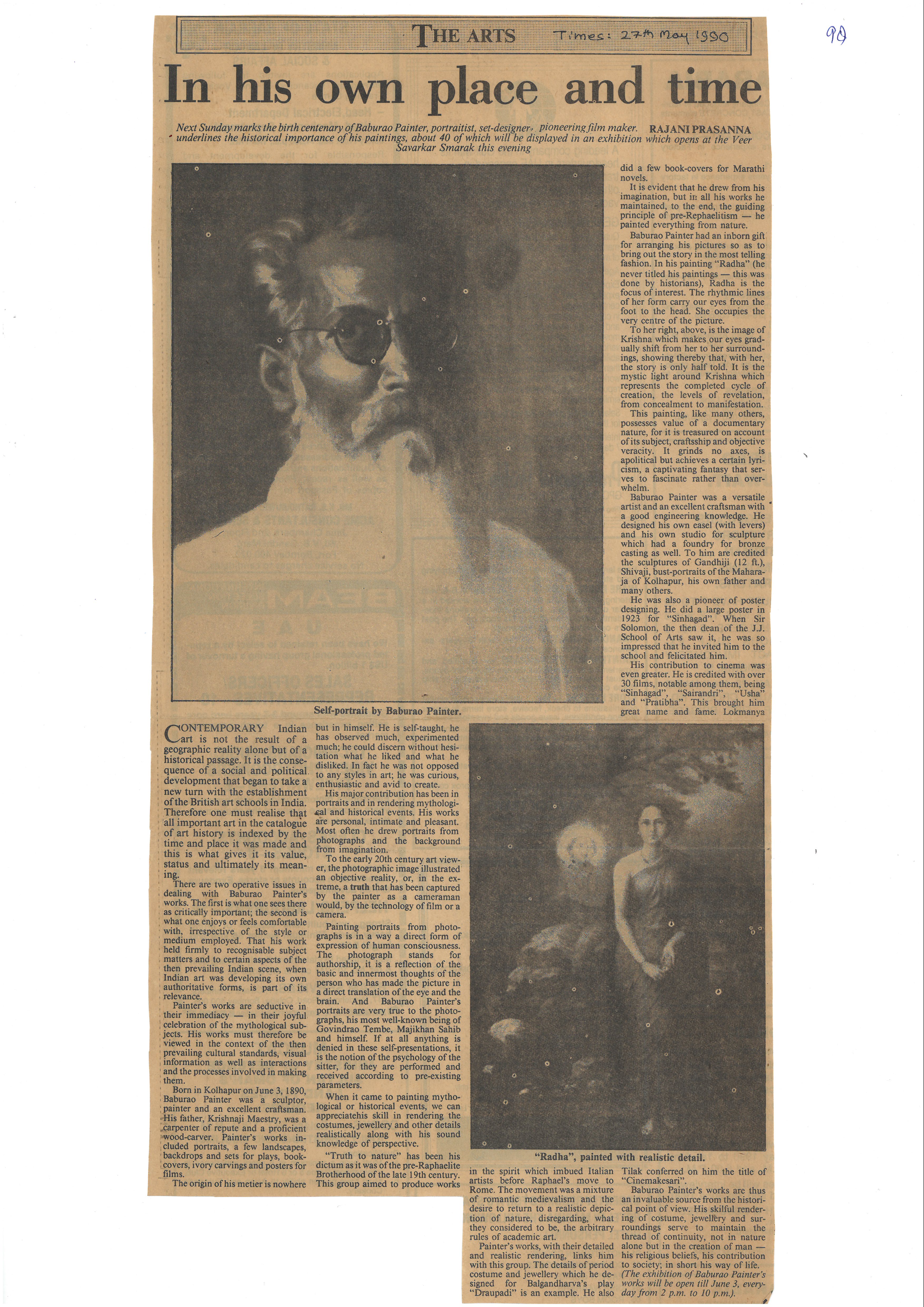
In the latter half of the second decade of the twentieth century, Baburao took to filmmaking. He developed an interest from Phalke’s first feature film, but was immensely disappointed due to his usage of the stage and men playing women’s roles. He and Anandrao decided that they would employ women to play their parts in movies from then on.
4.1 Film Camera and Lighting from Scratch
The cousins Baburao and Anandrao did not have enough money to buy a film camera in that era where filmmaking was not so highly prevalent. Baburao and Anandrao, therefore, decided to make a film camera on its own. After Anandrao’s passing in 1915, Baburao himself used a packet of gunpowder to create artificial light in a fort. Despite facing rejections from Phalke and several mockery, he was successful in creating artificial lighting for his night shoot for his film Sinhagad. By 1918, he, with the aid of disciple V. G. Damle, developed a fully functioning camera by 1918.
4.2 Filmography of Baburao Painter

When Baburao established his studio at Kolhapur, he kept true to his vow to Anandrao and cast Gulab Bai (renamed Kamaladevi) and Anusuya Bai (renamed Sushiladevi), women as actors in his films. Baburao wrote his scripts in a stenographic format, he sketched movements, sketches, characters—which became a unique yet efficient way of concocting a screenplay. In 1920, he made Sairandhri, based on the Kichak Vadh episode of the Mahabharata based on the play by K.P. Khadilkar. The intense realism of the killing scenes were censored by the censor board. In 1921, Surekha Haran was created, which was the debut of V. Shantaram. Baburao’s movies Sinhagad and Kalyan Khajina won honours at the Wembley Exhibition, London. Daily Express newspaper described the films as “full of strangely wistful beauty, and acted with extraordinary grace.” Sinhagad was his peak cinematic venture, based on Gad Aala Pan Sinha Gela by Hari Narayan Apte, herein, Baburao used technology to give foggy effects and used multi-dimensional film sets for the first time. Afterwards, he created his seminal ‘Saavkari Pash’, a stark change from mythological themes, it was based on plight of ignorant peasants by village moneylenders. It was a radical social drama, and was also released in a talkie version. Painter explored his artistic side again with ‘Pratibha’, because the female lead Durga Khote was adorned so beautifully that she stood out to be the most popular calender girl of the year. Painter is credited for over thirty films, all of cinematic excellence thereby awarding him the title of ‘Cinemakesari’ by Lokmanya Tilak.
5. Conclusion: An Indelible Mark

Baburao’s ability to bring forth raw talent of editors, directors, writers, and actors of glittering array like V Shantaram, Fatila, Kamle, Kaibar: a quartet of Marathi Cinema at Pune. This versatile personality later in his life took to sculpture creation: his creations of Shivaji Maharaj in Bronze and the twelve-foot high Mahatma Gandhi sculpture. In his honour, the eminent Kalamaharshi Baburao Painter Film Society was established in Kolhapur, and additionally has bestowed Kalamaharshi Baburao Painter Film Award to filmmakers. An affectionate artist filled with humility, with his incorporation of labour, apprenticeship, and art, Baburao left a network of knowledge and a remarkable legacy of artistic fervour.
References:
- Painter, B. (n.d.). Baburao Painter (1890-1954). https://wiki.phalkefactory.net/images/8/89/Microsoft_Word_-_Baburao_Painter_1890-_1954.pdf
- Digitalworx. (2025, July 29). Domitor. Domitor. https://domitor.org/unveiling-an-overlooked-film-history-baburao-mestry-painter-1890-1954-the-bahujan-founding-father-of-indian-cinema/
- Doordarshan Sahyadri. (2020, September 1). BABURAO PAINTER – ENGLISH – Ep.02 [Video]. YouTube. https://www.youtube.com/watch?v=t3tuzS73mgo
- Lab, H. (2024, October 6). Kalamaharshi Baburao Painter of Kolhapur was the first Indian filmmaker to cast women in his films. The Heritage Lab. https://www.theheritagelab.in/kalamaharshi-baburao-painter-kolhapur/
- Karelia, G. (2020, June 15). This forgotten pioneer made India’s first film camera from scratch! The Better India. https://thebetterindia.com/229912/baburao-painter-india-first-camera-film-history-censorship-shooting-silent-movies-india-gop94/
- The Painter who lit up the silver screen. DAG Archives. https://dagworld.com/baburaopainter.html




